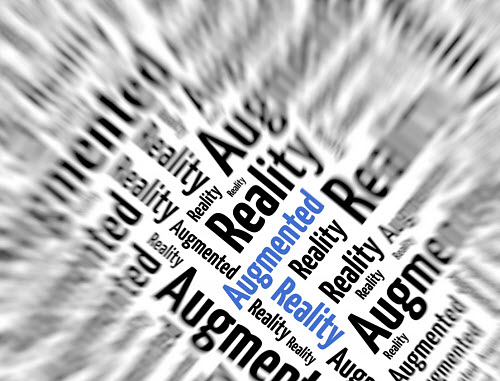Augmented reality tech enhances the museum experience
A growing number of museums are working mobile technology into their storytelling options.
Museums have traditionally struggled with the challenge of being able to tell the story behind the objects and exhibits within a limited amount of space, but the use of augmented reality could be providing them with the chance to accomplish this goal with greater ease and effectiveness.
The struggle has been with the limited amount of space and resources in which to provide information.
For instance, little plaques may offer the ability to identify an object or provide a line or two of background, but they don’t offer any real depth of discovery. Moreover, if too much text is provided, the majority of people who visit the exhibit will not read the entire thing, negating its value. While attempts have been made to provide audio and video, or to give actual guided tours, there is some expense involved – and museums are notoriously cash strapped – and not everybody is interested in this type of fixed experience. Augmented reality is now offering an entirely new option and museums are taking notice.
Augmented reality allows a smartphone or tablet user to aim the device at a designated point and watch a scene come to life.
 This AR experience provides a type of interactive, digital storytelling, which brings together the participation of the visitor with the automatic generation and narration of a story, in order to concentrate on providing the museum guest with a more personal and mobile version of the story. It is a convenient, fun, and educational form of entertainment. It is highly adaptive and provides the user with an experience that is more enjoyable, overall, than the button-activated or handheld audio tools that are much more standard.
This AR experience provides a type of interactive, digital storytelling, which brings together the participation of the visitor with the automatic generation and narration of a story, in order to concentrate on providing the museum guest with a more personal and mobile version of the story. It is a convenient, fun, and educational form of entertainment. It is highly adaptive and provides the user with an experience that is more enjoyable, overall, than the button-activated or handheld audio tools that are much more standard.
The British Museum has managed to use this form of augmented reality storytelling for a very effective result. The technology was used, in this case, to bring children through a form of story puzzle that was displayed through the use of a dedicated tablet app that was designed in the form of a game. The “A Gift for Athena” game provided the visitor with rewards for having found certain statues based on their outlines, and, upon each discovery, gave the child more information about that exhibit before providing him or her with guidance to move on to the next stage of the game.

